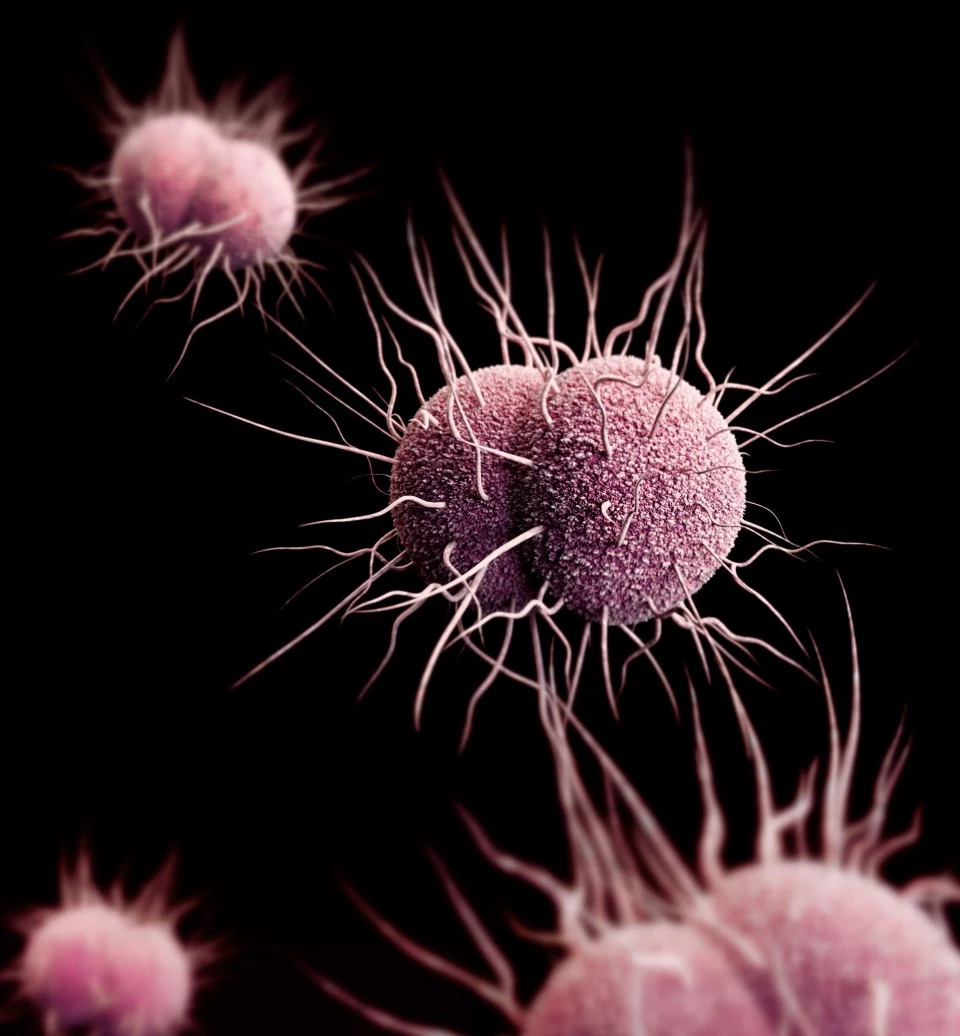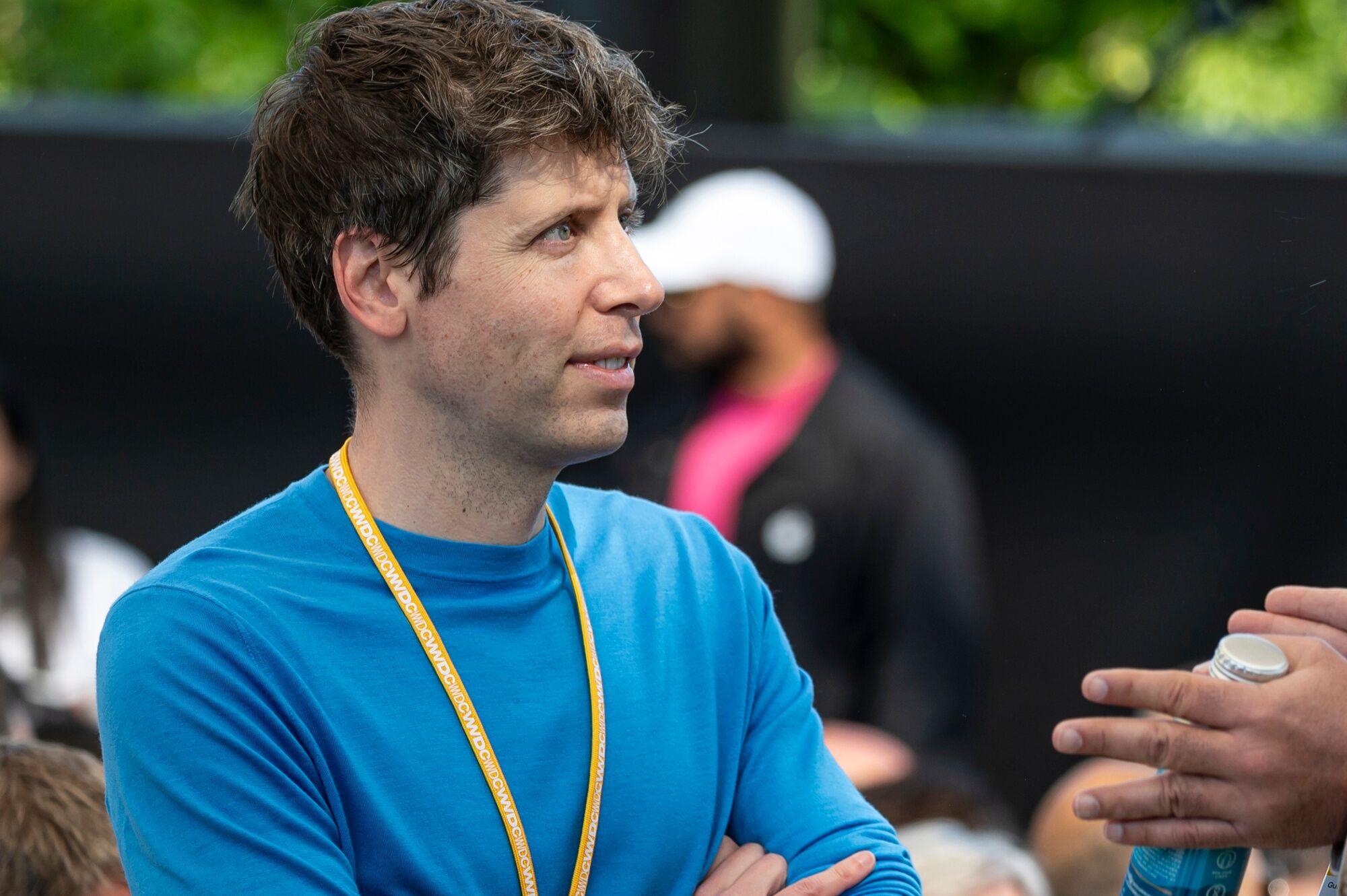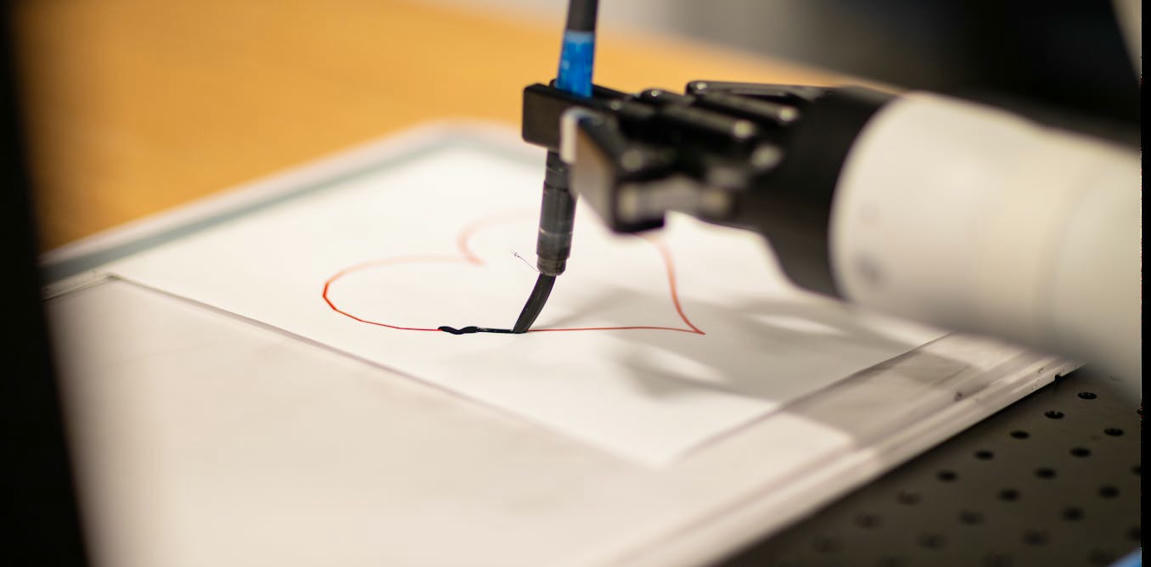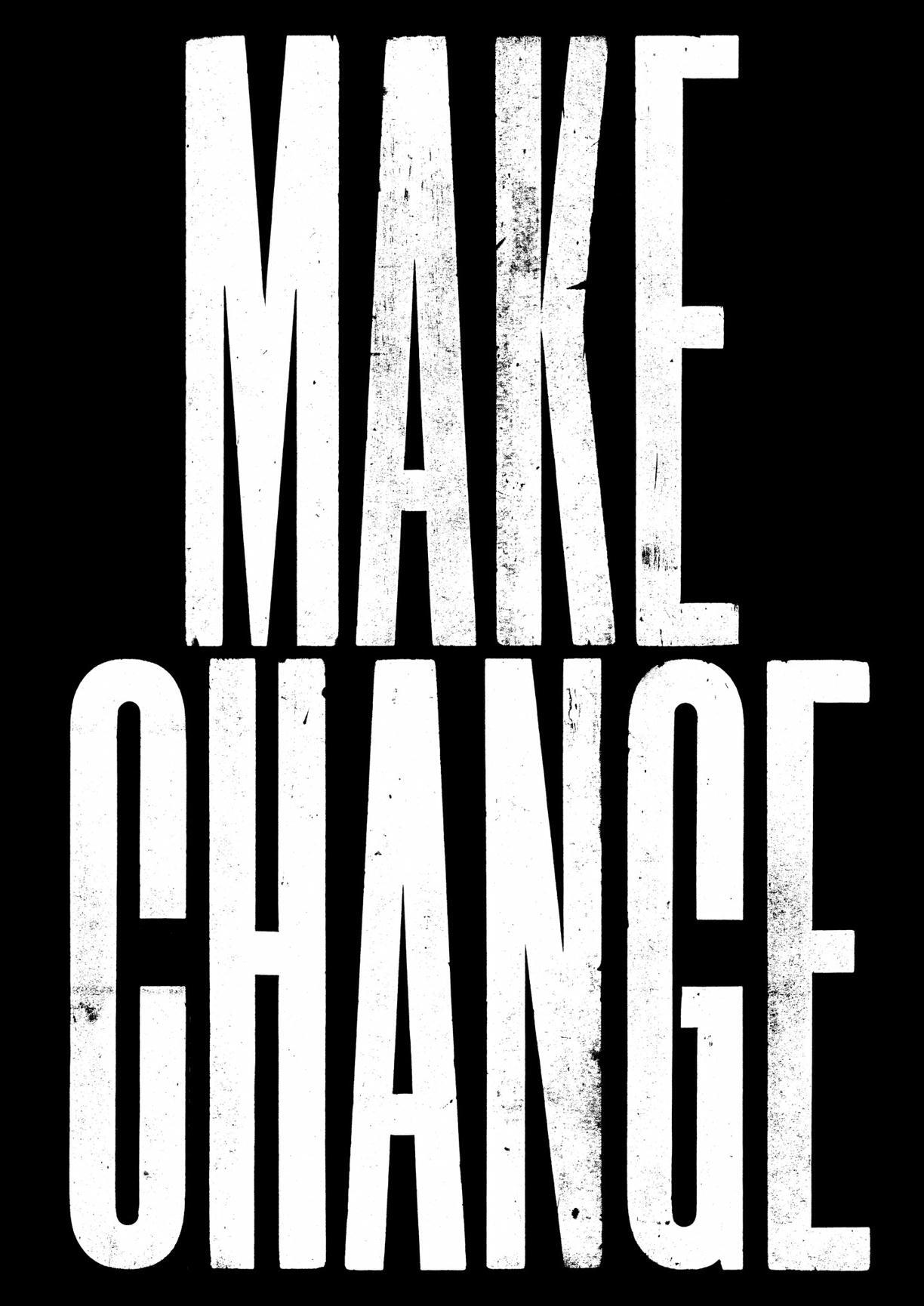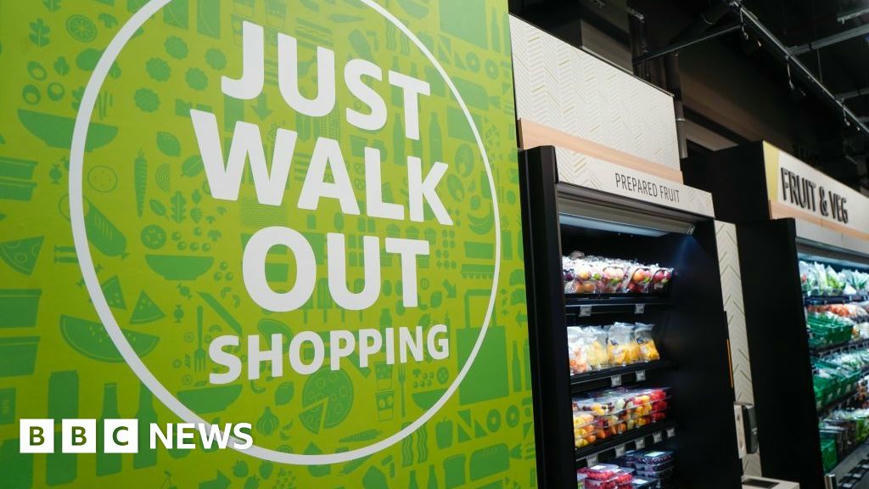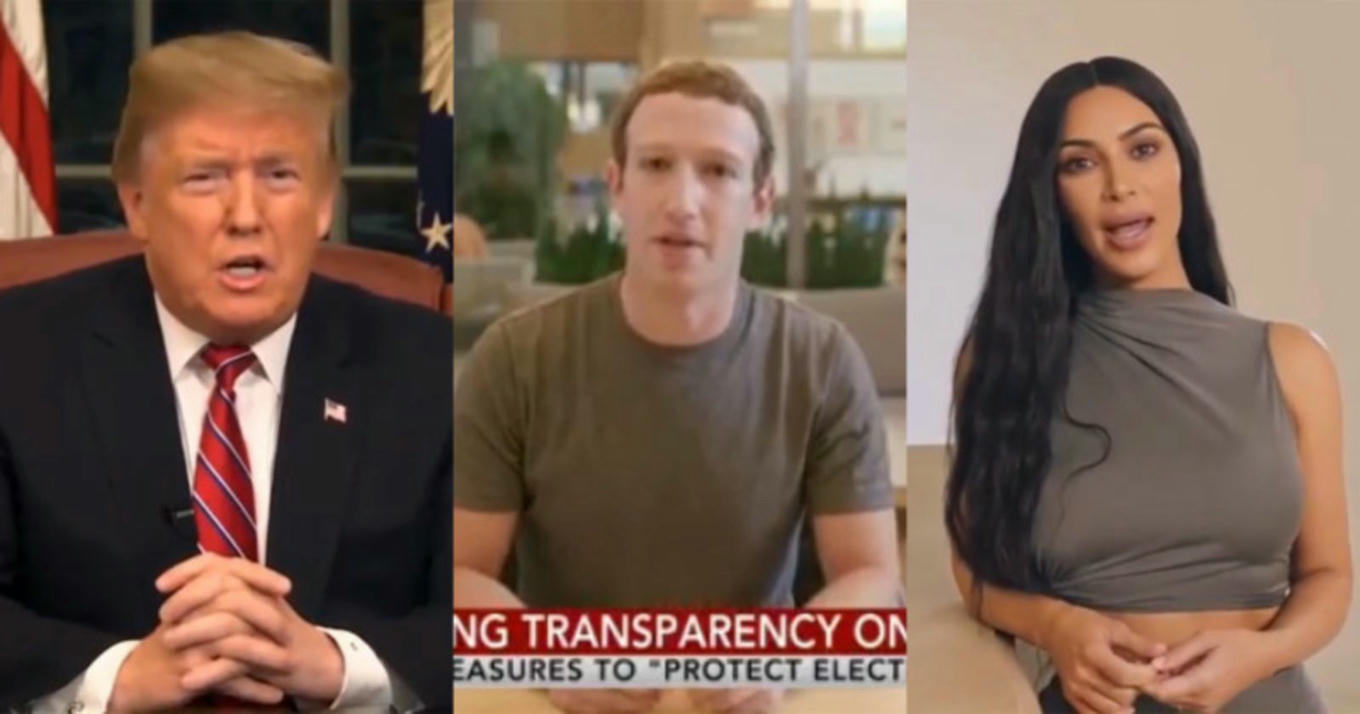
From the advent of the player piano until modern-day streaming, new technologies have regularly disrupted and transformed the music industry.
From the advent of the player piano until modern-day streaming, new technologies have regularly disrupted and transformed the music industry.
Now, AI has the potential to transform once again how music is made and consumed. Many observers are watching the industry’s response and questioning whether we see a redux of the Napster saga from the late 1990s and early 2000s. I believe the industry’s (and our society’s) reaction to AI is markedly different from the Napster years, as we all learn some lessons from the past.
Read the full article at: www.forbes.com
